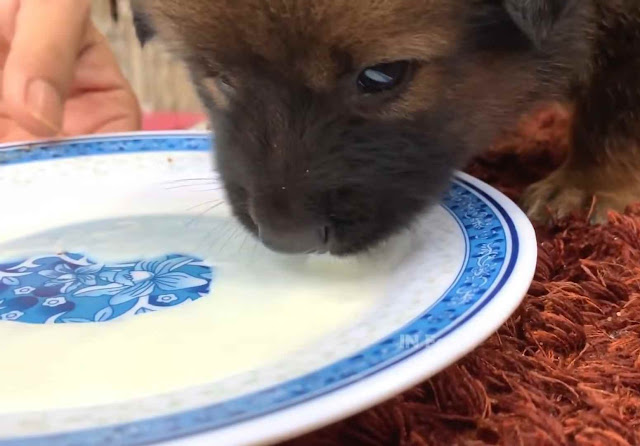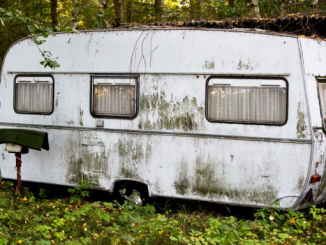Melanie Griffith begs for prayers as her mother is evacuated from big cat sanctuary in path of ferocious LA wildfire that has gutted homes, destroyed 22,000 acres of land AND the set for Wipeout
Melanie Griffith asked for prayers after her mother was evacuated from a wildlife sanctuary because of raging wildfires in Los Angeles.

The actress wrote on Twitter: ‘Please say a prayer for all residents in the path of the #SandFire . My Moms place Shambala is being evacuated.’
Griffith’s 86-year-old mother, Tippi Hedren, opened the preserve in 1983 following on from her film Roar.
There are over 40 big cats – including lions, tigers, cougars, black and spotted leopards, servals, bobcats, and an Asian leopard cat – who are cared for at the ranch.
On Sunday evening, Griffith, 58, confirmed that her mom was safe and the beloved cats had been saved. She wrote: ‘Mom is safe! Shambala is safe. Now sending love and thanks to all the firefighters who saved her and the cats.’
They accept donations for The Roar Foundation, the organization that runs the center.
Sable Ranch – a filming set used in the A-Team, 24 and Supernatural and the site for the Wipeout set – has also been destroyed.
The blaze has grown ferocious new power two days after it broke out, sending so much smoke in the air that planes making drops on it had to be grounded.
Officials said it has run through the area ‘like a freight train’.
The latest figures released by the authorities say the blaze is at 20 percent containment and a total of 18 family homes have been gutted in the areas of Sand Canyon, Bear Divide and Little Tujunga.
On Saturday, authorities said the Sand Fire was at 20 per cent containment, but the U.S. Forest Service corrected that figure and said the fire remains at 10 per cent containment. Above firefighters battled the Sand Fire on Sunday

About 300 miles up the coast, crews were battling another blaze spanning 10,000 acres (16 square miles) north of the majestic Big Sur region.
Authorities say almost 1,700 firefighters who are being hindered by scorching temperatures of up to 112 degrees are battling the blaze in the mountains north of Los Angeles known as the Sand Fire.
On Sunday crews faced another day of hot weather, low humidity and high winds that could once again fan the fires’ explosive growth. Shifting winds sent smoke away from greater Los Angeles and into desert communities, where residents were warned about poor air quality.
Late Saturday evening, a man’s body was found outside a home on Iron Canyon Road in Santa Clarita. Detectives are working to determine whether he was killed by the blaze or another cause, Los Angeles County sheriff’s Lt. Rob Hahnlein said.
“Heartbreaking Appeal: Abandoned Puppy Clings to Hope with Plea for Rescue”
In a world where compassion often shines its brightest in the midst of adversity, a poignant story of a vulnerable puppy’s plea for help has stirred the hearts of many, serving as a powerful reminder that acts of kindness can transcend even the harshest circumstances. The scene opens with a small, abandoned puppy adorned with a heart-wrenching sign that reads “Help Me,” a desperate cry for assistance that almost went unnoticed by a world seemingly too busy to care.
The story unfolds as a young child stumbles upon the sight of this forlorn puppy, shivering and hungry, left to fend for itself. With innocence and empathy, the child recognizes the urgent need for intervention and makes a call to those who can offer help.

Responding swiftly and compassionately, a dedicated team from an animal welfare organization arrives on the scene. Armed with warmth, nourishment, and a deep-seated commitment to making a difference, these volunteers extend a lifeline to the trembling puppy. Wrapping it in soft blankets, offering sustenance, and cradling it with the utmost gentleness, they exemplify the power of human empathy in its purest form.
The puppy’s journey from despair to hope is a testament to the strength of collective compassion. As it devours the offered sustenance with a hunger that goes beyond the physical, the transformation begins. With each bite, the puppy is nourished not only in body but also in spirit, finding a flicker of hope amidst its dire circumstances.

Soon after satiating its hunger, the puppy’s weariness takes over, and it drifts into a peaceful slumber. This vulnerable state serves as a poignant reminder of the vulnerability of all creatures, a reminder that resonates with the viewer’s sense of empathy.
As the puppy awakens, a beautiful metamorphosis takes place. In the company of kind-hearted individuals and the comforting presence of other dogs, the once-desolate creature begins to flourish. Its playful interactions and moments of unadulterated joy become a beacon of resilience, a testament to the capacity for happiness and healing even after facing abandonment.
The heartwarming narrative of this rescued puppy touches on themes of responsibility and compassion, inviting reflection on our roles as stewards of the animals that share our world. It is a stark reminder that each life, no matter how small or seemingly insignificant, carries its own inherent worth and deserves a chance to thrive.

The final chapter of this story is one of promise and commitment. The compassionate individuals who stepped in to save this puppy’s life also vowed to give it a forever home. The once-abandoned puppy will now be cherished as a member of a loving family, a testament to the enduring impact of compassion and care.
This heartrending tale of rescue and redemption demonstrates that in a world often marred by indifference, a simple act of kindness can become a catalyst for change. The puppy’s plea for help, conveyed through a handwritten sign, touched hearts around the globe, uniting people in a shared sense of empathy and determination.
As we reflect on this story, let it serve as a call to action—a reminder that our compassion can reshape lives, that our empathy can bridge the gaps of understanding, and that our collective effort can make a world of difference for those who cannot advocate for themselves. The tale of the adorable, abandoned puppy with a heartfelt plea is a testament to the power of compassion, a testament that resonates far beyond its pages and encourages us all to be the change we wish to see in the world.



Leave a Reply